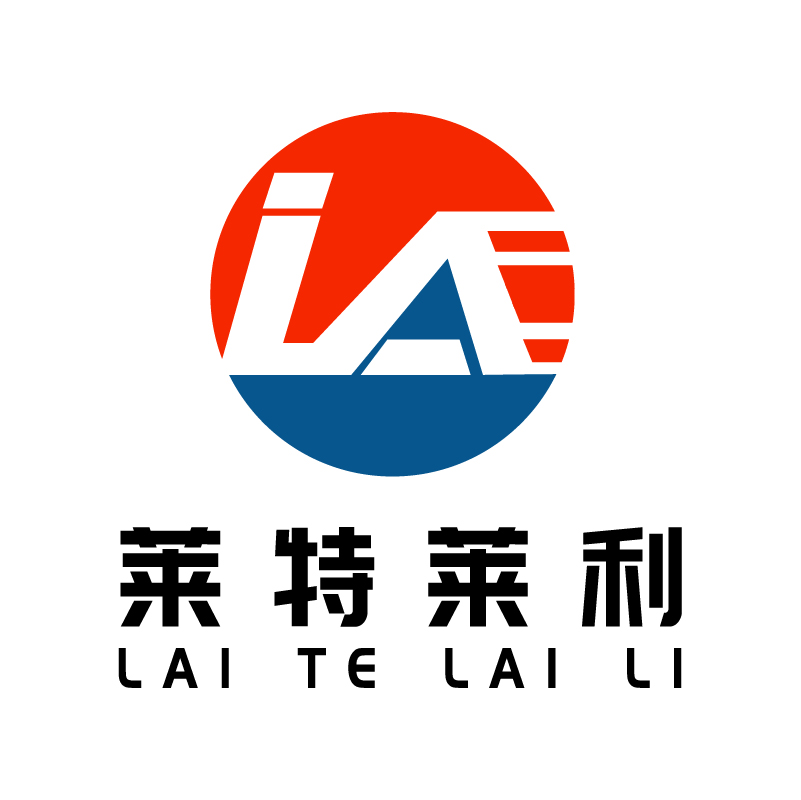Is heat-sensitive label paper suitable for printing
Whether thermal label paper is suitable for printing can be analyzed from the following aspects:
First, the characteristics of thermal label paper
Thermal label paper is a kind of paper treated with a highly thermal sensitive coating, and its highly sensitive surface can be applied to a low voltage printhead, so the wear of the printhead is minimal. This paper is mainly used in thermal printers and specific equipment, such as electronic scales, cash registers, etc. The quality of thermal paper directly affects the printing quality and storage time, and even affects the service life of the equipment.
Second, printing adaptability
Printing method: Thermal label paper is mainly printed by thermal technology, rather than traditional ink printing. This means that it does not require ink cartridges or carbon strips, and simply prints through a thermal printer, making it easy to operate.
Printing speed: Thermal label paper can achieve high-speed printing, suitable for scenarios that need to print labels quickly.
Print quality: Although thermal printing technology has certain print quality limitations relative to other printing technologies (such as inkjet or laser printing), in many application scenarios, its print quality is sufficient.
3. Restrictions on use
Environmental sensitivity: The durability of heat-sensitive label paper is relatively poor, and it is not suitable for long-term exposure to wet environments or strong light, otherwise it is easy to be damp, discolored or faded. It is also sensitive to temperature and friction.
Scope of application: Although thermal label paper is widely used in some specific areas (such as supermarkets, logistics, etc.), it may not be the best choice for occasions where high-quality printing or long-term preservation of labels is required.
In summary, thermal label paper is suitable for fast and large print needs in specific scenarios, especially in occasions where the print quality is not high and the label service life is short. However, in scenarios where high-quality printing is required, long-term storage is required, or environmental conditions are highly demanding, other more durable printing materials and technologies may need to be considered.


